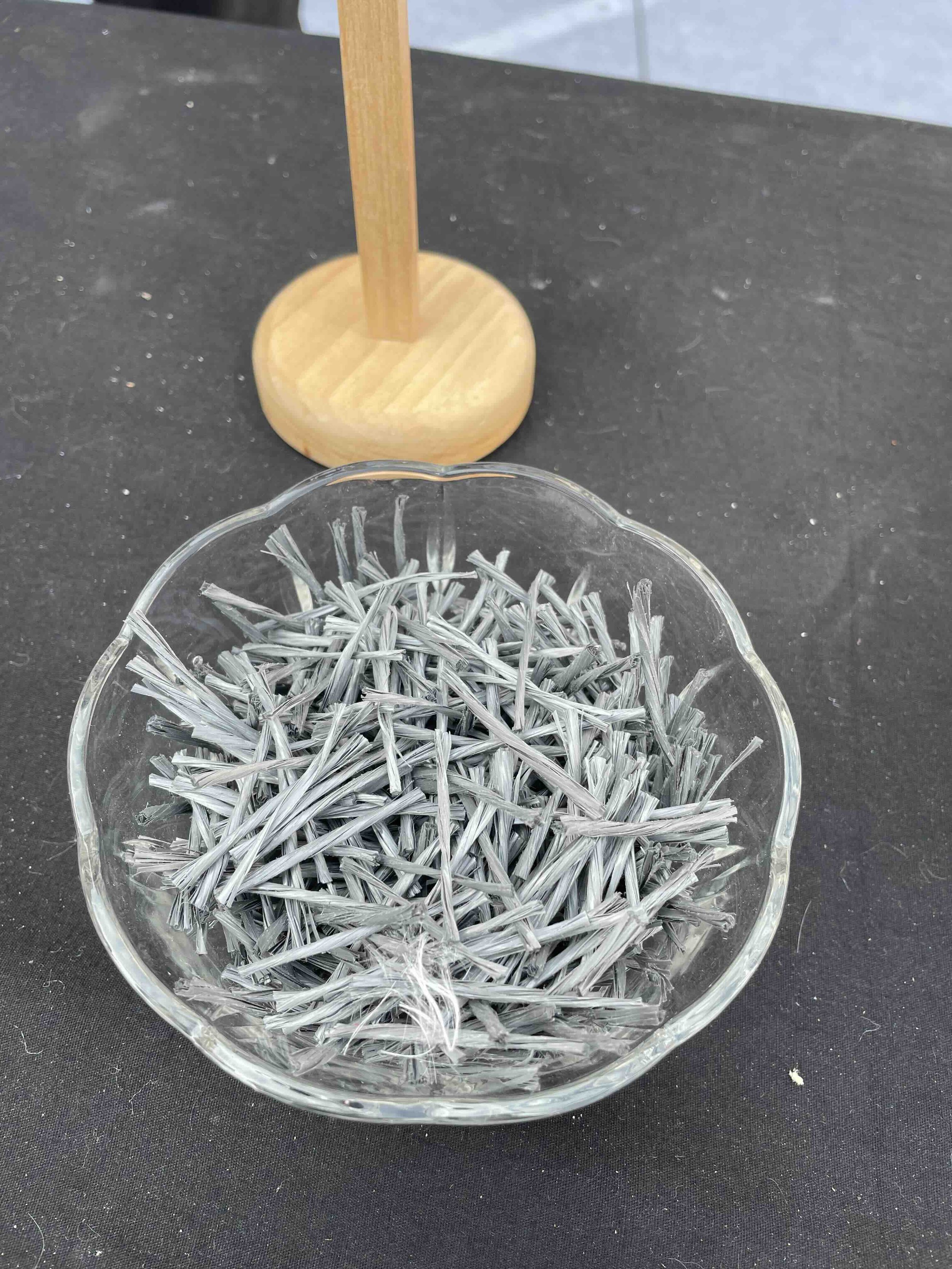
Portland Cement CPJ 45 - CEM II 42.5N
Portland Cement CPJ 45 - CEM II 42.5N
Portland Cement CPJ 45 - CEM II 42.5N is a high-quality blended cement composed of clinker and selected mineral additions such as slag or pozzolana. Classified as CEM II according to EN 197-1, it offers enhanced durability, medium heat of hydration, and excellent performance in a wide range of construction applications.
Reliable. Durable. Adapted to Modern Construction Needs.
🛠️ Applications
Portland Cement CPJ 45 - CEM II 42.5N is suitable for a wide range of uses :
Concrete for foundations and slabs.
Road and pavement construction.
Reinforced concrete structures.
Bridges and precast elements.
Mortars and masonry works.
General civil engineering.
🧪 Chemical Properties
Contains a balanced mix of calcium silicates (C₃S and C₂S) for strong early and long-term compressive strength.
Includes aluminum oxide (Al₂O₃) and iron oxide (Fe₂O₃) to improve durability and resistance to chemical aggression.
Optimized for stable hydration and controlled setting time, even in hot climates.
Incorporates mineral additions (e.g., slag or pozzolana) to :
Reduce the clinker ratio. Lower CO₂ emissions.
Improve sulfate resistance.
💡 Key Benefits
Balanced early and long-term strength.
Enhanced workability and finish.
Reduced risk of thermal cracking (moderate heat of hydration).
Better resistance to sulfates and aggressive environments.
Lower CO₂ footprint compared to pure Portland cement (CEM I).
Maintains low levels of alkalis and chlorides to minimize risk of corrosion in reinforced concrete.
What you should know about Fiber Reinforced Concrete?
Glass fibers or other fibrous materials, either natural or synthetic, are added to concrete mixtures to create fibre-reinforced concrete. In other words, it’s composition of cement, sand, aggregates, water and discrete, short fibers distributed evenly throughout the material.
Fibers improve the overall energy absorption and structural integrity of concrete and reduce the risk of cracking. However, fibres are weak in flexural strength- the bending capacity of the concrete without breaking, so they are not a substitute for steel reinforcement concrete.
When blending fiber-reinforced concrete, two factors to consider are the fiber size, also known as the aspect ratio, which is the length of the fiber divided by its diameter, and the water-cement ratio. Since the volume of fibers used in the concrete can affect the strength and durability of the structure, it is also important to consider the percentage of fiber you use in the concrete.


